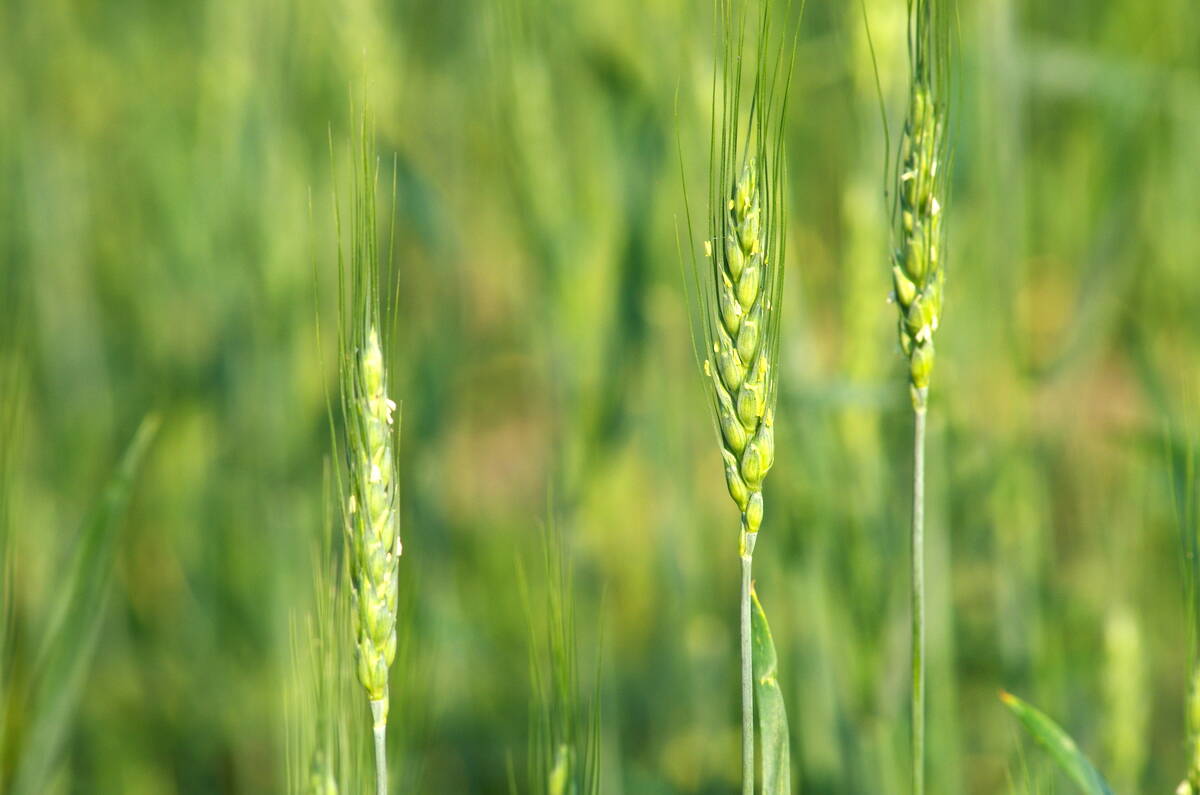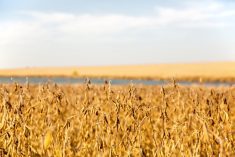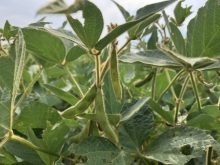Ontario farmers are stopped across most of the province as consistently wet weather holds up planting and pushes farmers to plant more soybeans instead of corn.
Significantly higher than normal rain in southern Ontario and record rainfall between Toronto and Ottawa mean that near the end of May, corn planting isn’t complete and there remains about half the soybean crop to go in the ground.
The rain’s “been pretty widespread, way above normal,” said Clare Kinlin, an agronomist and sales manager for crops at MacEwen AgriCentre, which has three outlets in eastern Ontario. “They’ve not been big pounding belly washers, but drizzle, and no heat.”
The heat is the big factor, Kinlin said, estimating the region is 10 days behind in planting progress and 250 heat units behind compared to normal.
In southern Ontario, Alex Melady, field marketer and a certified crop advisor with Hensall District Co-operative (HDC), said the heavy soils have had to wait and are still waiting to dry out before they can be planted. He covers an area in southern Huron and northern Middlesex counties and estimates about 80 per cent of corn and 30 per cent of soybeans have been planted.
There will still be enough time for corn to mature in that area, as long as it gets planted in the next several days.
Read Also

California researchers create nitrogen-fixing wheat
U.S. crop breeders have created a wheat variety capable of creating its own nitrogen fertilizer.
“I think growers have corn acres to go they might consider switching them if we get more rain like they are calling for this Sunday,” Melady said. “If they can’t plant in the next few days versus a week from now, that will have an influence on what will go in the ground as far as corn versus soybeans.”
Growers in the Ottawa Valley are further ahead, Kinlin estimated, with close to 95 per cent of corn and 75 to 80 per cent of soybeans planted.
His region can get a frost in September once every five years, so corn growers who are not planting the crop for feed are careful how late they plant. That means there won’t be many more corn acres go in this year.
“The last 25 per cent of soybeans will take two weeks to get done,” he said, with the amount of rain the region has received.
Tiled fields in the region drain eventually to the Ottawa River, he said, and with the river at record-high levels, there’s little place for the moisture to go.
“We’ve basically had three nice days this spring,” he said.
In and around those nice days, 80 per cent of MacEwen’s fertilizer went out.
The corn crop went into the ground in about five days and not always in optimal conditions.
“I’m very concerned about some of these seed beds,” he said.
Not only commodity crop farmers growing corn and soybeans have been challenged this spring.
“Mother Nature is our business partner, and she is flexing her muscles a bit this year,” said Will Heeman of Heeman’s Garden Centre and Strawberries, one of the largest producers of strawberries in the province.
Heeman’s, located near London, usually has all of its next year’s crop of June-bearing strawberries planted by now.
That job is usually long done before the strawberry picking begins, but Heeman said they have a half million strawberry plants in coolers yet to plant and they have started picking the berries from their earliest ever-bearing varieties.
Soon they’ll have 50 acres of strawberries to pick and still some plants to get into the ground for next year.
He estimated they need about three decent days before they can get back to prepping the beds, which have been hilled, but need row covers and drip lines installed yet before the berries can go in.
“It’s like all farming, there are a lot of things going on,” he said. “It just means we’ll have another ball we’ll be juggling that we usually have been able to put down.”
— John Greig is a field editor for Glacier FarmMedia based at Ailsa Craig, Ont. Follow him at @jgreig on Twitter.

















